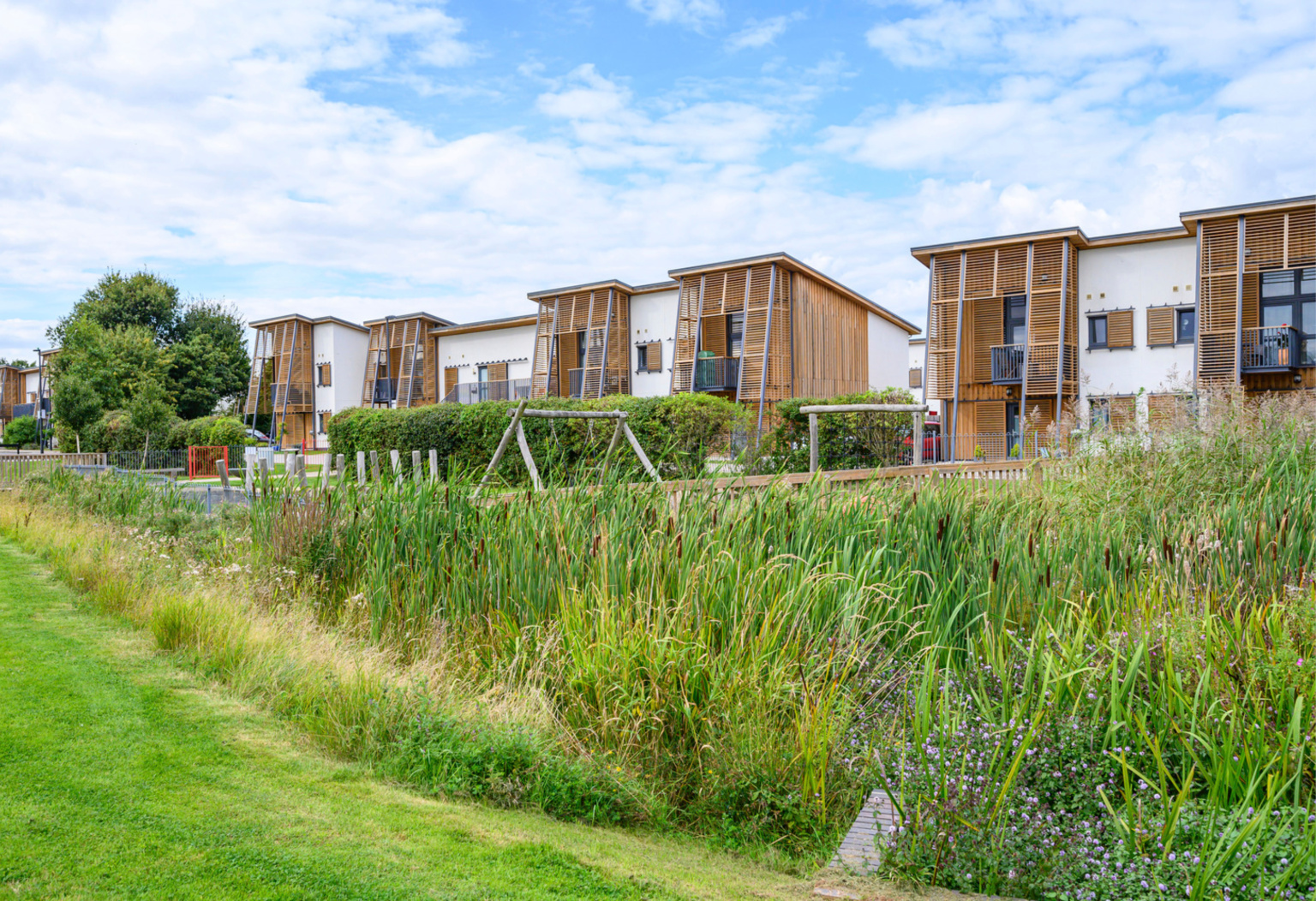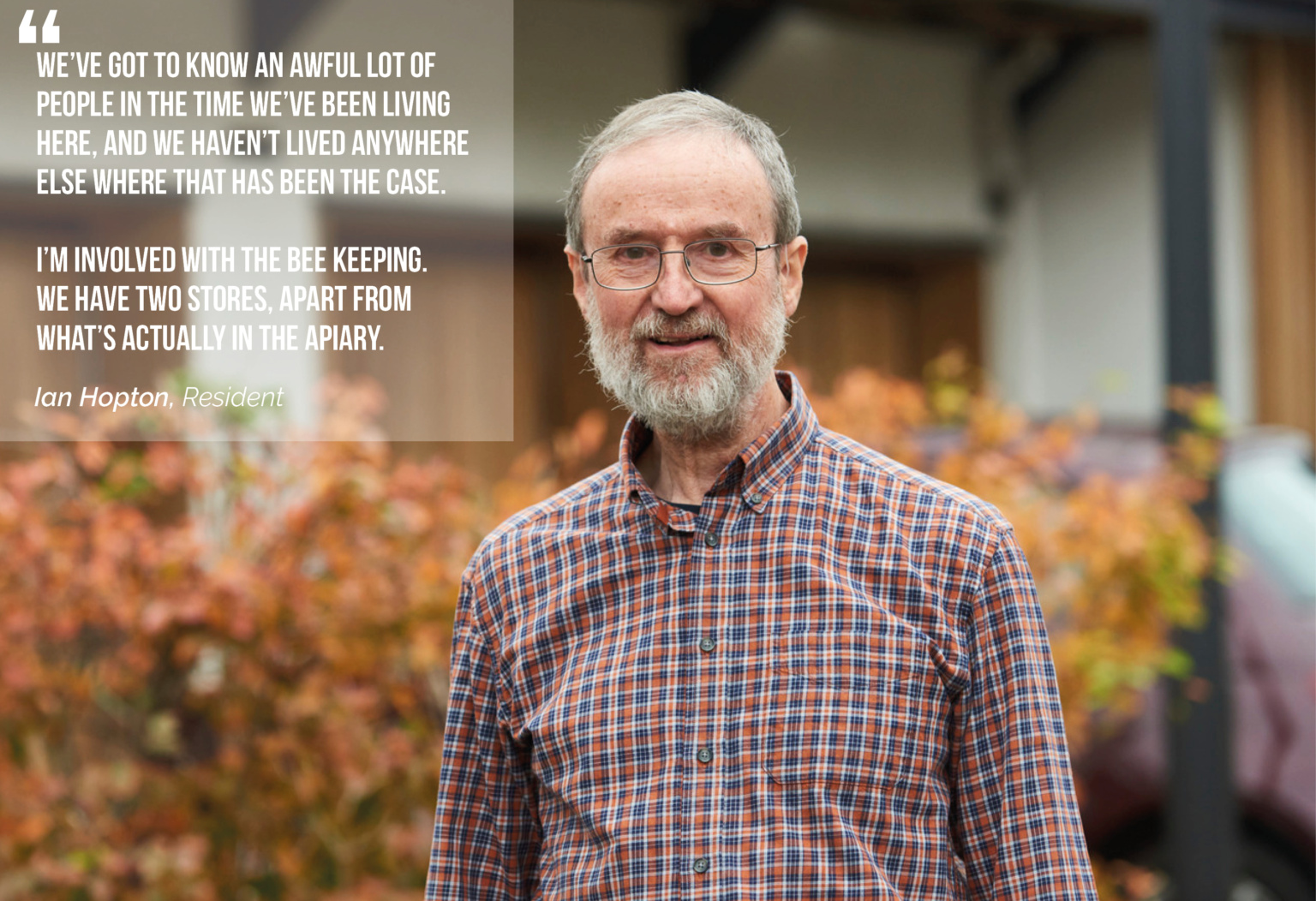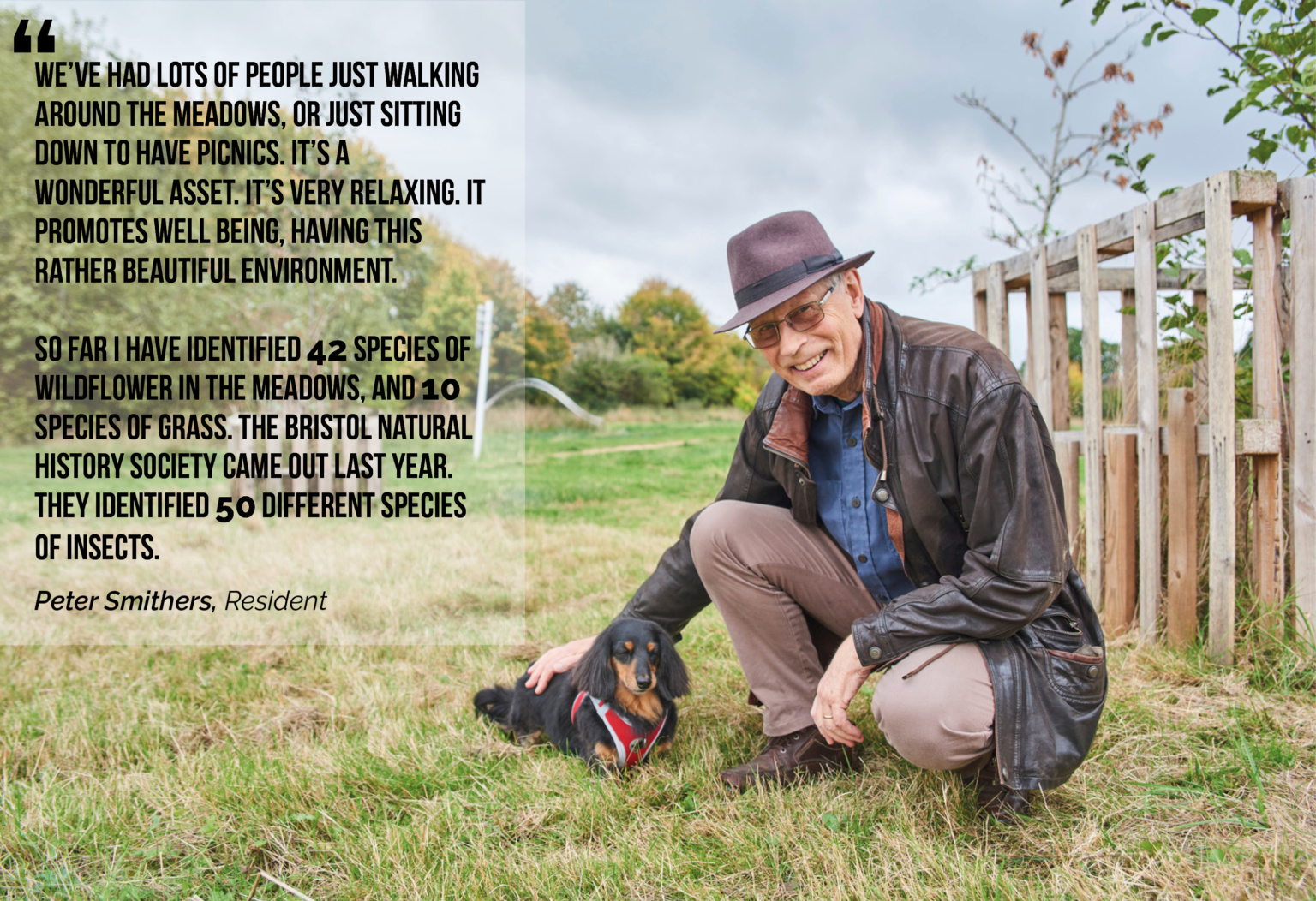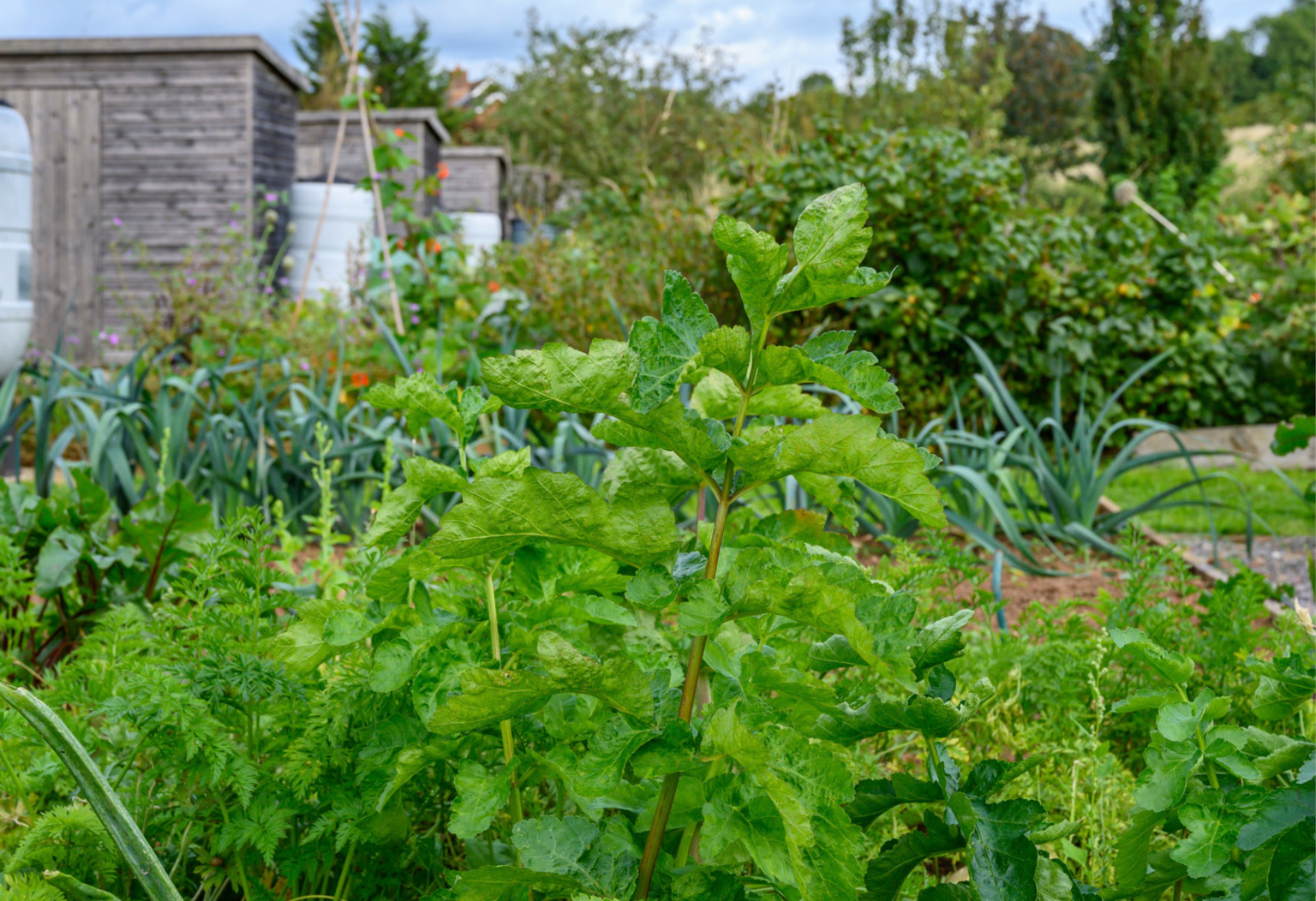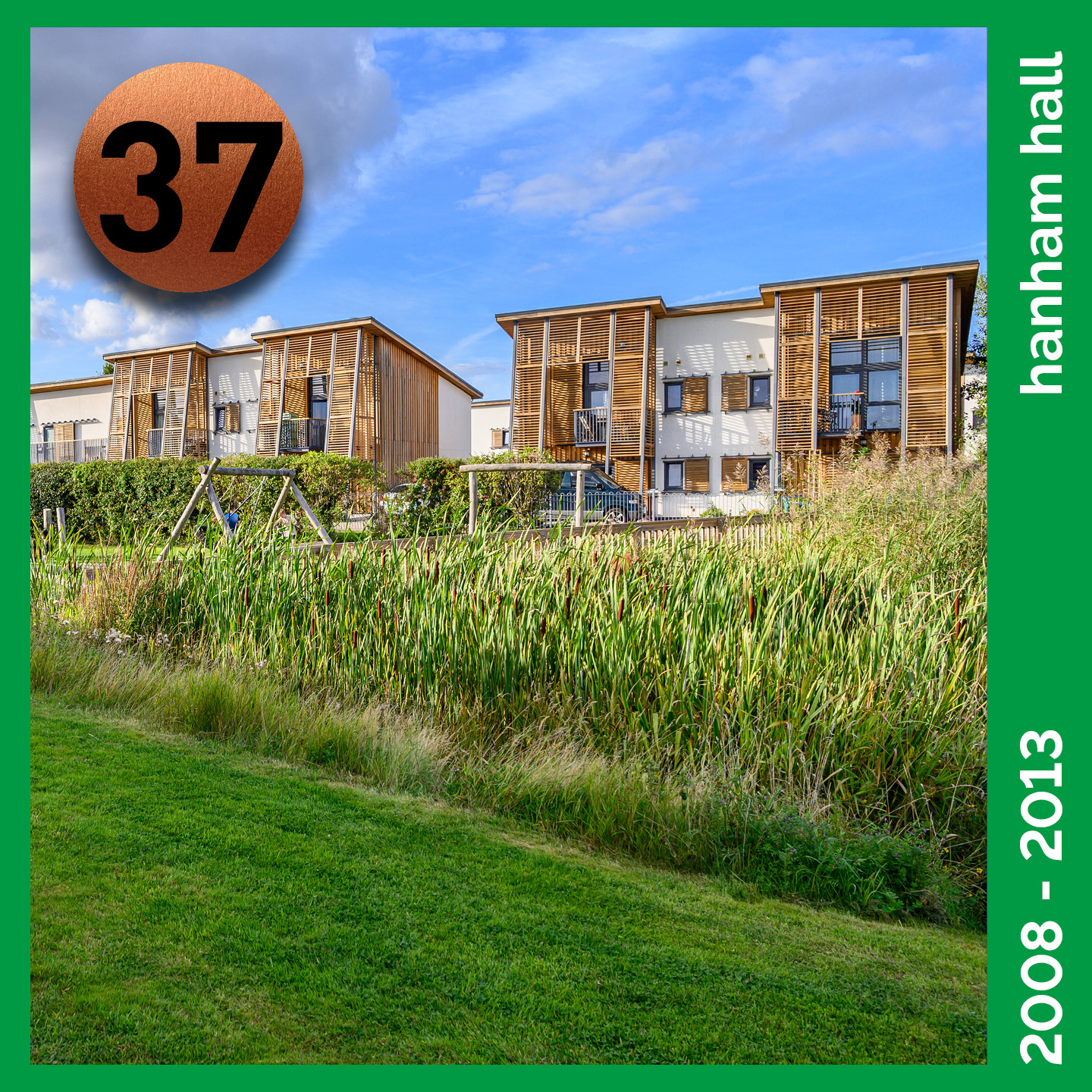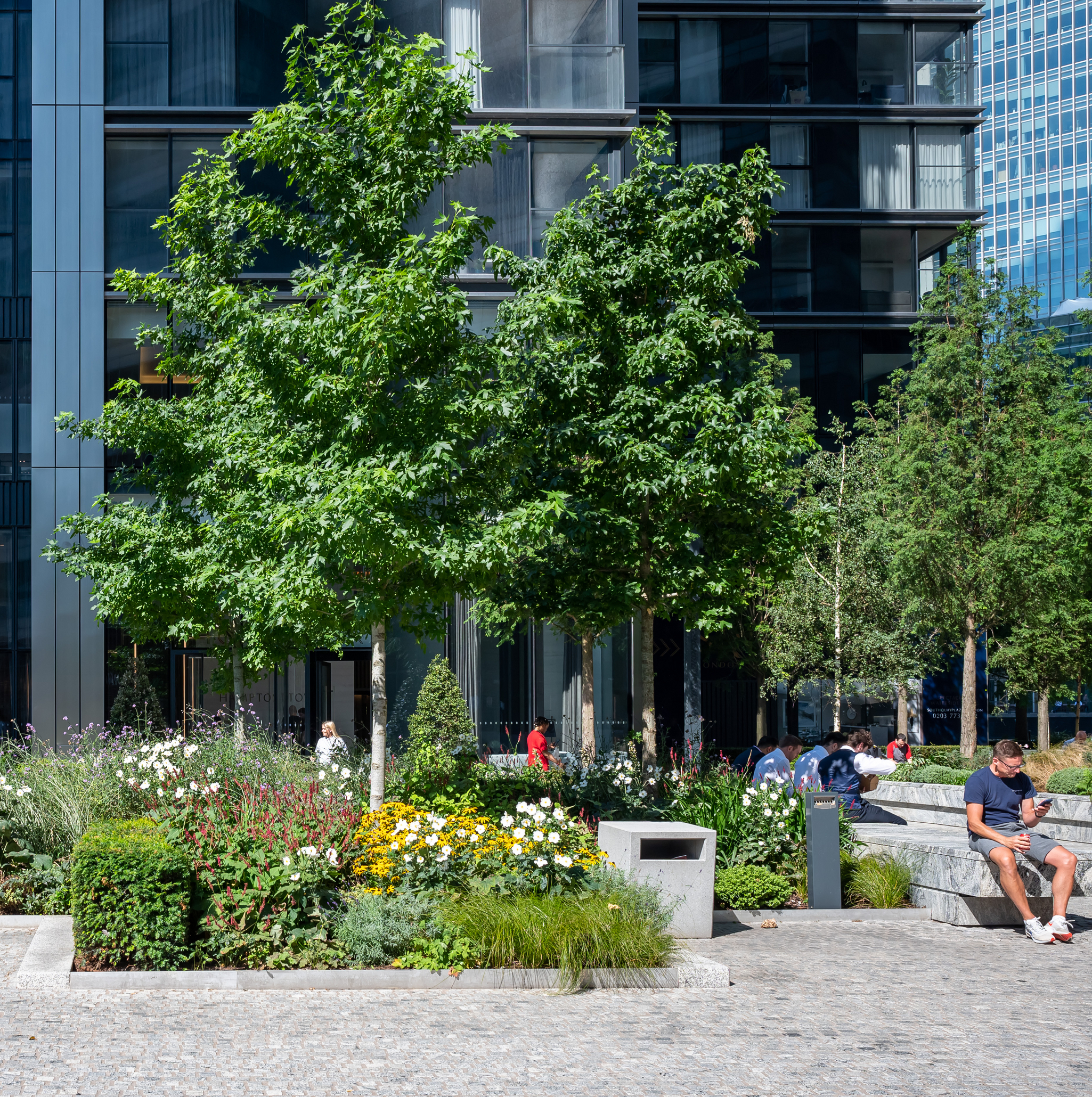As part of HTA’s Bringing Nature Home campaign, we have taken some time out from current project work to talk to some of the residents living in some of HTA’s most loved places to learn more about how the public realm impacts the community and the residents’ lives.
We’ve visited Hanham Hall on numerous occasions to carry out Post Occupancy Evaluation. A resident focus group, in-depth interviews, and subsequent questionnaires proved that Hanham Hall has a strong sense of community and neighbourhood connectivity. Our POE found that many residents said their reason for choosing to live there was that strong sense of community and the vast, biophilic landscape. It’s been great to hear that our plans for Hanham Hall have been realised, with residents and wildlife both thriving in its community.
Completed in 2013, Hanham Hall was England’s first large-scale volume house builder scheme to achieve the zero-carbon standard. At the core of HTA’s approach was a belief that building sustainable communities is about more than meeting codes. It was to create a place where people want to build their lives, feel safe and comfortable, and are inspired to live harmoniously with their environment.
Located in South Gloucestershire, the 9-hectare site adjoins the green belt and suburban housing. It provides 187 new private and affordable homes. The layout of the homes is built around the Hall, revealing and framing views and structured by the historic gardens and field patterns to connect into the surrounding park and countryside. The homes are packed with innovative ideas. They prioritise views and light with generous windows oriented to maximise solar collection. They open onto large balconies and verandas to create strong connections with the surrounding communal gardens and countryside. Shared gardens incorporate allotments, greenhouses, play areas, an orchard, retained mature trees and hedgerows while integrating swales and ponds as part of the SUDs solution.

